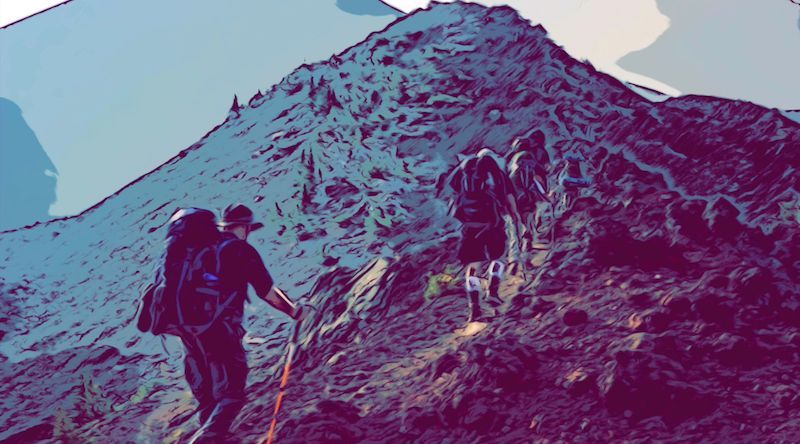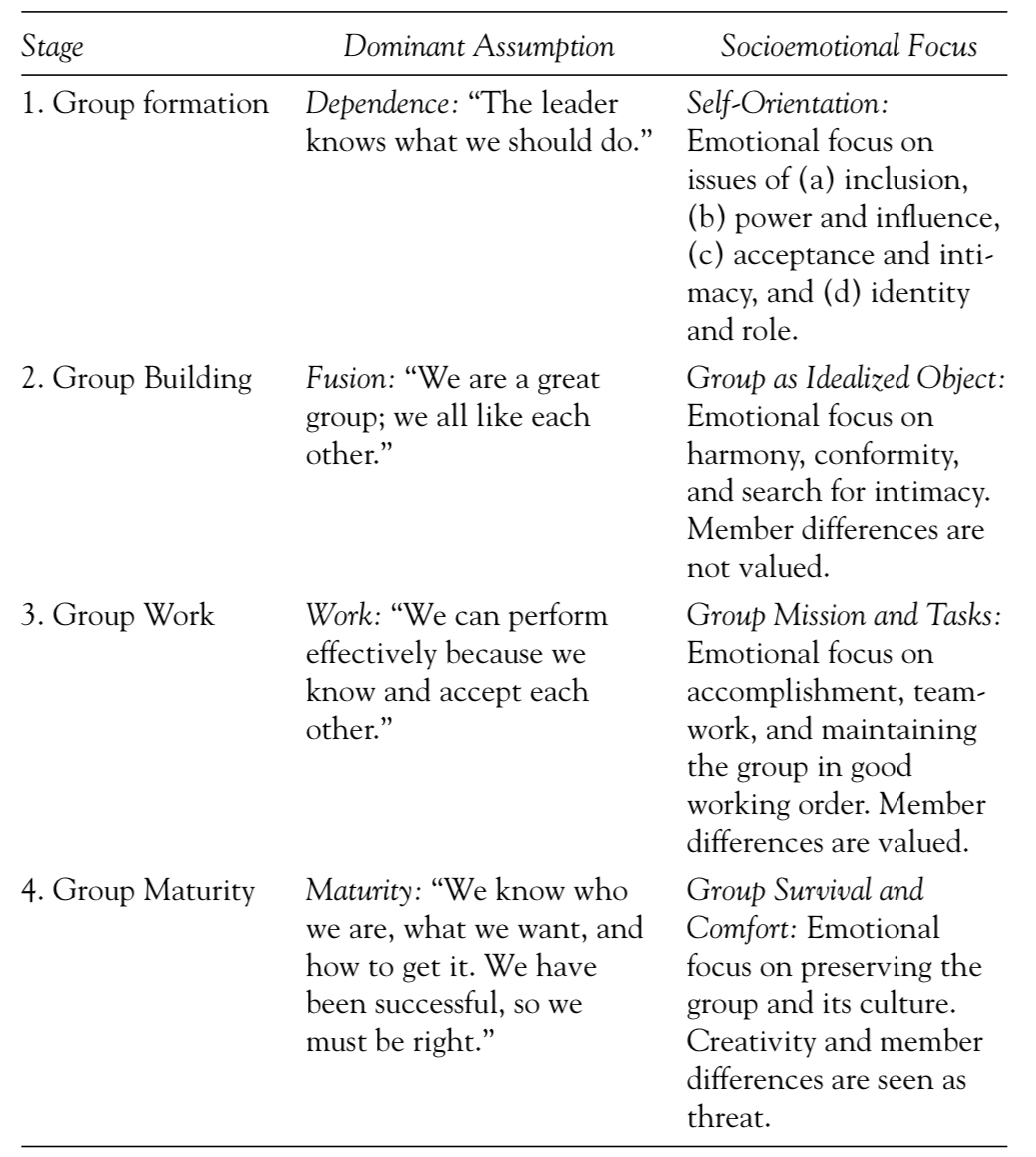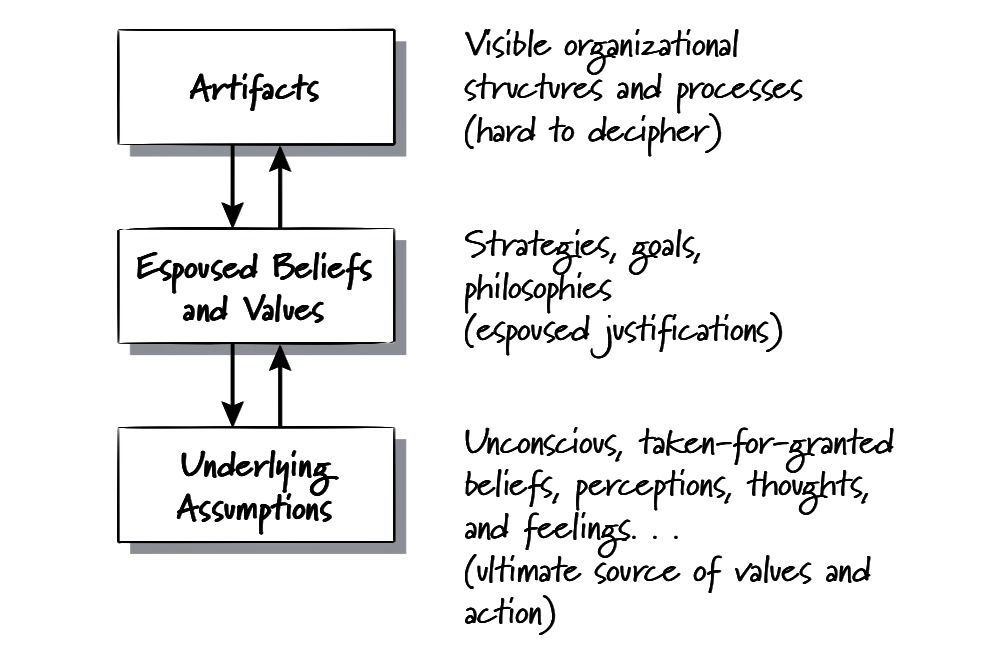How Leaders Create and Transform Culture
Leaders emerge when change is needed.

Cultures all over the world have rituals, mythology, and literature that tell stories of transformation. In many of these stories, the hero or group will face a threat, venture into the unknown, experience trials that strengthen them and return changed from their experience. Many stories inform or remind people that these patterns are necessary for survival and are passed on to future generations.
Transformation comes from growth. And we grow from moving from what we know to what we don't know to learn what we need to, facing moments of anxiety, but then being able to come out of that experience slightly changed.
Edgar Schein is a former professor of MIT Sloan School of Management. He has spent decades working with leaders and organizations to align their culture and goals better. While he doesn’t compare his work to mythology, his understanding of culture and what is necessary for leadership resembles these patterns of growth and transformation.
That’s because culture and leadership are deeply rooted in human civilization and can be traced back as far as our earliest ancestors. They are tools of transformation that help us survive and adapt as groups.
What is the function of culture and leadership? How do they relate to each other? When is leadership needed, and when does culture need to change? How do they work together to help us collectively solve goals?
Culture Formation
For most of our history, humans lived in nomadic hunter-gatherer groups. The survival benefit is obvious. It made a lot more sense for people to team up while gathering resources and defending themselves than trying to do it all alone. We formed a lot of our basic psychology during this timeframe.
Back then, groups had to move constantly to find new hunting grounds and resources. So they would have needed to be well-coordinated, and this wasn't easy. Just like in modern times, people don’t always live in harmony. In fact, there is anthropological evidence that homicide was the leading cause of death among hunter-gatherer tribes.
But groups that achieved some level of harmony were better off contending with the environment. For example, imagine two different groups in an area competing for the same resources. The group with more harmony and coordination would out-compete groups riddled with internal discord, violence, and poor group decision-making. While conflict is part of human nature, so is cooperation.
Schein believes that from the beginning, groups have had to contend with two major problems;
- Survival, growth, and adaptation to their external environment.
- Internal integration and coordination to continue to survive and adapt.
So just like group living was a survival tool to contend with the environment, other tools emerged to handle the above problems. These tools are leadership and culture.

Leader/follower relationships are something that happens naturally in nature. In primates, for example, leadership and peace-keeping behavior are very similar to how it is in humans.
Forming groups and choosing a leader is instinctual. Anytime individuals work on collective tasks, leadership emerges quickly and spontaneously. The closer the event resembles problems our instincts were originally designed to solve (like an emergency, resource scarcity, or conflicts with other groups), the faster this happens.
According to Schein, all groups start with some originating event: (1) an environment accident (for instance, a sudden threat that occurs in a random crowd and requires a common response), (2) a decision by an “originator” to bring a group of people together for some purpose, or (3) an advertised event or common experience that attracts several individuals.
People need to feel safe, so initially, a group is a collection of individuals focused on making that happen. New members are much more concerned with their own feelings than the goals of the group. The best way to achieve this safety is to find out what the group should do and do it.
People have an unconscious assumption that “the leader knows what they are supposed to do.” So, the first goal of the group - get a consensus on authority. Once a leader is chosen, the group will follow and test the assumptions of the leader. If the leaders’ assumptions of what to do are successful, the leader gains influence and the group continues to follow.
Over time, the leader’s beliefs and values for survival are accepted by the group as their own. As the group continues to be successful, the successful values are no longer debated or thought about; they become unconscious values. These assumptions and ways of doing things become the foundation for culture.
Schein believes just as personality and character guide our individual behavior, culture guides and constrains the behavior of members through shared norms. What ultimately survives as culture is assumptions and values that help the group succeed in the external environment and meet the group’s need for integration.
So while the group has found some initial success choosing an effective leader, if a group is to accomplish tasks that enable it to adapt to its external environment long term, it must develop and maintain a set of internal relationships among its members.
Sociologists believe manners, politeness, and tact are not niceties of life but essential rules for keeping people from destroying each other socially. That’s because we do not like uncertainty and need to know what to expect from each other before we can coexist and work together.
The group has to figure out a common language system, boundaries, rewards and punishment, distributing power, and status. Basically, people need to know their role or identity, how their needs will be met, and what to expect from each other.
After many experiences and forming norms, groups will form “functional familiarity” and learn they can co-exist and work together. Defensiveness, anxiety, and dependence on the leader gradually drop out. This acceptance of each other frees up energy for work.
Eventually, members of the group realize they have more of a role and can also contribute as leaders. And as the group works successfully together, it will reinforce its assumptions about itself and the environment. The stronger the group’s learning history, the stronger the culture and group’s sense of self becomes.
Over time culture is passed on by being taught to newcomers for the same reason it emerged in the first place, to ensure behavior is constrained to what is expected from each other. So as leadership defines culture’s origins, culture will define what is acceptable as leadership going forward.
Since culture is complex, Schein developed a tool that he has used in his career evaluating culture. He uses this to understand groups in organizational settings.
He divides culture into three different levels.

Artifacts
Artifacts are what you clearly see. Dress code, logo, the design of the working space, etc. These are easy to see but hard to decipher what they mean. This is comparable to what an anthropologist will actually see and touch when exploring old civilizations. Hence the name artifacts.
Espoused Beliefs and Values
Espoused beliefs are values that the company claims as its values. These are the written and formal rules of the organization. They state the values and norms that the organization wants to operate by. These are the beliefs and values at the conscious level. These are values in theory but not always values that are actually used.
Underlying Assumptions
Underlying assumptions are the deepest components of culture. They are the taken-for-granted way of doing things. They are the unspoken/implicit rules and are treated as non-negotiable. They are the source of the actual values in use and are the unconscious assumptions that actually guide behavior. Challenging these assumptions will release anxiety because these are needed for cognitive stability that allows a group to function.
How to define culture?
Schein believes it springs from 3 sources:
- The beliefs, values, and assumptions of the founding leader. These are the core of culture, as the group accepted these assumptions to survive.
- The learning experiences of group members as their group evolves.
- New members and new leaders bring in their own beliefs, values, and assumptions that integrate themselves into the group over time.
So therfore, Schein defines culture as;
“The culture of a group can now be defined as a pattern of shared basic assumptions that was learned by a group as it solved its problems of external adaptation and internal integration, that has worked well enough to be considered valid and, therefore, to be taught to new members as the correct way to perceive, think, and feel in relation to those problems.”
Leadership Cycle
Groups can run into adaptive difficulties as assumptions for how to do things are no longer valid. As a result, strategies and ways of doing things can be outdated. Internal integration issues also lead to problems being able to get work done effectively.
Over time culture builds up toxins and contradictions between espoused values and what actually happens. In Schein’s career, he noticed companies had problems when artifacts, espoused values, and underlying assumptions were out of alignment.
The inevitable dilemma for the group is how to avoid becoming so stable in its approach to its environment that it loses its ability to adapt, innovate, and grow. Schein writes, “it is a paradox of evolution or development that the more we learn how to do things and to stabilize what we have learned, the more unwilling or unable we become to adapt, change, and grow into new patterns, even when our changing environment demands such new patterns.”
Culture is stable, deep, and hard to change without introducing feelings of anxiety and defensiveness. Change involves unlearning, and unlearning involves anxiety and resistance. People want to hold on to identity and beliefs for safety. Feelings around territory, property, and turf have a biological basis. There is not a lot that arouses as much aggression and causes normal behavior breakdown in animals as having their territory invaded.
As the group runs into adaptive difficulties and assumptions of how to do things are no longer valid - leadership is now about stepping outside culture, overcoming constraining assumptions, and doing the difficult work of changing it to be more adaptive.
Schein writes;
“I believe that culures begin with leaders who impose their own values and assumptions on a group. If that group is successfull and the assumptions come to be taken for granted, we then have a culture that will define for later generations of members what kinds of leadership are acceptable. The culture now defines leaderhsip.
But as the group runs into adaptive difficulties, as its environment changes to the point where some of its assumptions are no longer valid, leadership comes into play once more. Leadership is now the ability to step outside the culture that created the leader and to start evolutionary change processes that are more adaptive.
This ability to perceive the limitations of one’s own culture and to evolve the culture adaptively is the essence and ultimate challenge of leadership.”
Leaders have to get at the deeper levels of culture and figure out how to assess the functionality of the assumptions made at that level and how to deal with the anxiety that is unleashed once those are challenged and when un-learning occurs.
They have to balance the tension between change and stabilization. The leader has to make up for the loss of safety and stabilization that cultural norms bring by creating deeper relationships and offering a vision of the future if the change is adopted.
If the leader can effectively manage anxiety, help the group learn new assumptions of how to operate, and those assumptions are successful - they will again be accepted by the group as their own. As the group continues to be successful, they become unconscious values. These assumptions and ways of doing things become the foundation for the renewed culture.
Conclusion
- Humans naturally form groups for survival.
- Groups have two objectives - External adaptation and internal integration.
- Leadership is chosen as a means of coordination.
- If the leader's assumptions of how to survive are successful, they become underlying cultural assumptions.
- Culture is a pattern of shared basic assumptions that a group learned as it solved external adaptation and internal integration problems.
- When culture is no longer effective, leadership is again needed to help the group adapt by establishing new assumptions.
- Leaders are agents of culture creation and cultural transformation.
References
- Organizational Culture and Leadership - Edgar Schein
- The Corporate Culture Survival Guide - Edgar Schein
- EVOLUTION, LEADERSHIP AND FOLLOWERSHIP Some Lessons from the Past by Mark Van Vugt, Robert Hogan, Robert B. Kaiser - Article
